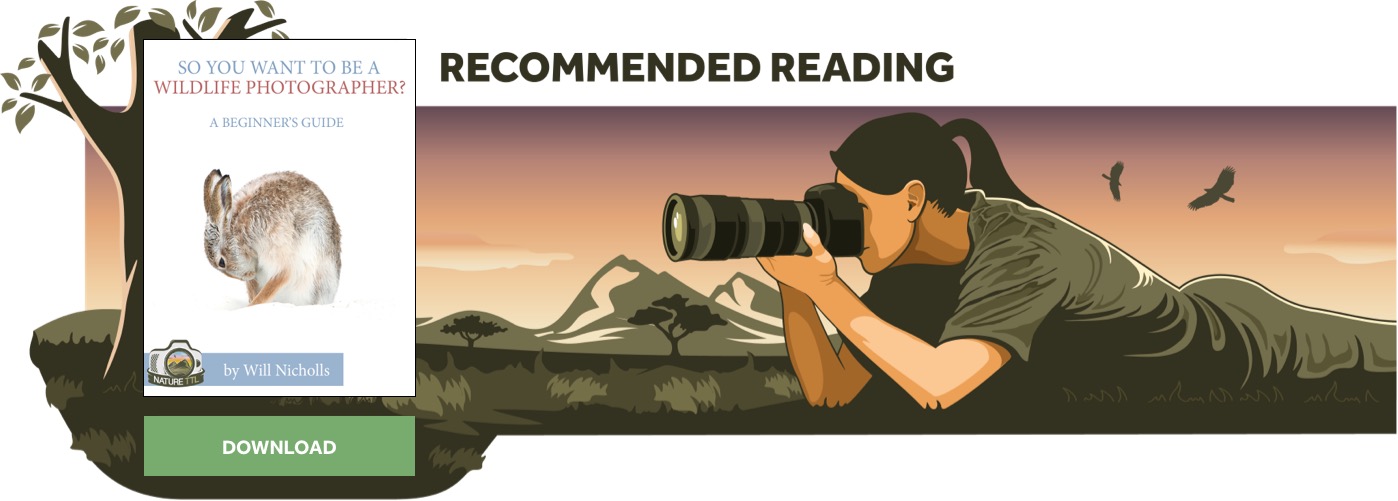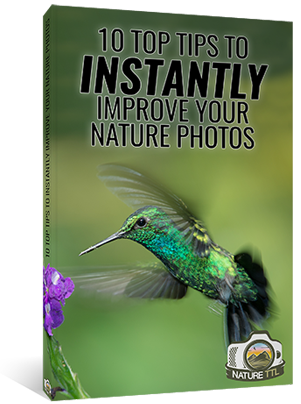10 Years in the Making – Photographing the Endangered Arctic Foxes of Norway

My most cherished moment in photography was when I finally captured an image that I had planned in my mind for more than ten years. And, ten years ago, I managed to capture this dream composition.
Deep in the Norwegian mountains, only about 150 Arctic foxes remain. Though their numbers may be slowly increasing, they are still listed as engangered at the time of writing.


My dream was to photograph an Arctic fox in front of the full moon. But, with the full moon rising only once a month, the wait was long, with countless attempts made over the years.

Ten years may seem like a long time to capture such an image, but there were many other obstacles to overcome, as is often the case in wildlife photography.
I wasn’t always near the Dovre mountains for each full moon, and there were hit-and-miss trips during full moon nights too.
Other times, the weather forecast reported good conditions and a clear sky. However, after a 400km drive, I often arrived at the mountains to find them shrouded in low clouds with foggy conditions.
Mostly though, the conditions were great, with the full moon shining, but the Arctic foxes were nowhere to be seen.
However, on September 19th 2013 at 19.52 o’clock everything came together and I finally photographed the image I had dreamt of for over a decade.
The pull of the Dovre mountains
I have travelled around the world a lot, and the more I travel the more I am drawn home to the beauty of the Nordic countries and the mountains of Norway, especially the mountains in Dovre.
This is where I found and photographed the Arctic fox, who holds a special place in my heart.

The beautiful countryside that I live in is full of photographic possibilities, with forestry, wildlife, mountains, rivers, and valleys all contributing to continually inspire and nurture the photographer in me.

Photographing Arctic foxes
It’s a dilemma to photograph the Arctic fox.
As a photographer, you want to be as close as possible to your subject – but the fox wants us as far away as possible. Therefore, it’s essential for us photographers to consider how close we can approach a fox den and for how long we can remain in its vicinity

At several of the most well-known den sites, there have been a large number of nature photographers who have stayed in tents only meters from the dens – and spent several days in the same area.
Therefore, it is important to communicate with each other about where the boundary lies between observation and intrusion.

I believe it’s more constructive to offer meaningful advice rather than pointing fingers and engaging in negative discussions on social media about these situations.
Workflow
If you are thinking about photographing these foxes, one of the major techniques you should master is the art of patience; I employ a good measure of it with every outing.
This makes my binoculars an essential part of my kit, and I use them to scout the environment, observe the animal’s behaviour, and plan my shots.
I also to work in manual mode. This means that I set the shutter speed, aperture, ISO, and white balance manually. I also use spot metering, and in 80% of my photography I use just one focus point – and it is very likely I hit the eye of the animal.

In low light, though, I opt for the group-focus system, which helps me a lot in these trickier lighting conditions.
When I use rim light, I often underexpose the image. I start out with an aperture between f/8 and f/11, but that again depends on the size of the animal or bird. I like to have all the fur or feathers sharp, so it’s important to think about the depth of field.
Which shutter speed and ISO I go for depends on the movement of the animal and light conditions.
Since I like to have a low perspective, I choose to leave my tripod behind.

This is because my camera bag is heavy enough as it is, I choose to be low enough that a tripod isn’t needed, and If I had to stand on a mountain plateau with a tripod, I become visible to other mountain hikers, and there is usually a chance they will pay me a visit.
I prefer to use low angles and perspectives when photographing Arctic foxes, and I try to exploit the possibilities offered by low-light conditions too. The main reason I choose low angles to shoot from is that the animals will not see me if i am low down to the ground.

Even so, though, camouflage is my best friend, in addition to a 600mm and 800mm lens! I use a camouflage called “Jervenduken”, a Norwegian brand which is waterproof, windproof and has good insulation.
Experimenting in photography
I like to play a lot. I’m willing to experiment with new techniques and equipment to take my photography to another level. I have almost everything that Nikon has produced! But my main lens is the 600mm.

When I´m going on a photo expedition I bring along three Nikon Z9 cameras, a couple of D6 along with some lenses like the 14-24mm f/2.8, 24-70mm f/2.8, 70-200mm f/2.8, 180-400mm f/4, 600mm f/4, and the 800mm f/5.6.
In addition, I use: LeoPhoto Tripod, Benro Gimbal, and NISI Filters.





